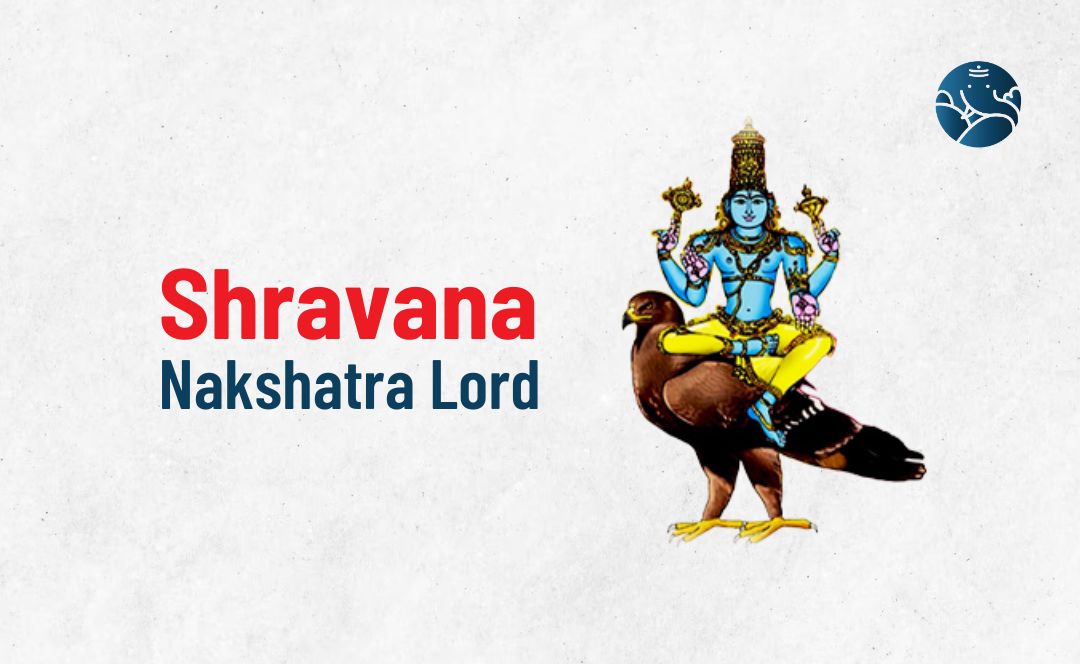
12 Names of Lord Ganesha
Lord Ganesha is considered the god of wisdom. Worshiping Ganapati is prescribed to gain wisdom and knowledge. According to Shri Ganesha-Ank, any person who wishes to gain a good education should recite these 12 names of Lord Ganesha. By chanting them regularly, the blessings of Lord Ganesha always remain and every wish of the person is fulfilled. Chanting them regularly is especially beneficial for students.
Sumukha: Auspicious Face
Sumukha is one of the 12 important names given to Lord Ganesha and means the one with a beautiful face. The divine grandeur of Lord Shiva and Goddess Parvati is visible in their son, who is an elephant-headed deity with one tusk and small eyes. Lord Ganesha is said to have inherited the prominent features of the moon, which justifies his name Sumukha.
Kapila: Yellowish-brown
Lord Ganesha is called Kapila because of his reddish-brown complexion. This color symbolizes his grounded nature and the stability of his beliefs and actions. It also serves as a reminder that he is a deity who is close to people and understands their struggles.
Vikat: Huge And Gigantic
Lord Ganesha is called “Vikat” because of his huge size. Vikat can mean “large” or “great.” He has a big belly, a large head, and many arms. Other popular forms of Ganesha are depicted with variations in the number of hands, ranging from two to sixteen. The large size of Lord Ganesha’s body signifies his immense power and might. The body size attempts to convey the message that he can overcome any difficulty and protect his followers.
Lambodar: The God With A Huge Belly
Lord Ganesha is called Lambodar because of his large, pitcher-like belly. Lambodar means “the one with a long belly.” However, it has an even deeper symbolic meaning, which suggests that Lord Ganesha holds the entire universe within himself. From this perspective, "Lambodar" can also mean "the universe".
A belly can be misunderstood as being associated with obesity, but Lambodar is far from that and signifies Lord Ganesha's cosmic nature. It signifies spiritual vastness rather than physical weight, symbolizing the deity as the embodiment of the universe.
Ekadanta: The One-Toothed God
Ekadanta is another name given to Lord Ganesha. The story goes that Lord Shiva, finding Ganesha very attractive, gave him the head of an elephant and a protruding belly. Ekadanta signifies his distinctive tusk, which distinguishes him from the traditional elephant head with two tusks.
Gajkarna: Elephant-Eared
Gajkarna means having elephant-like ears. Lord Shiva cut off Ganesha's head in a fit of rage, but he immediately restored his son to life by attaching an elephant's head. Gajakarna Ganesha's wisdom, discretion, and attentive response to devotees' prayers and needs.
Vighnavinashanaya: Remover of Obstacles and Obstructions
Vighnavinashanaya means “Destroyer of Obstacles” and Lord Ganesha is widely worshipped by this name. He is also known as Vighneshwara or one who can strategically remove obstacles when required to maintain spiritual and material balance.
Vinayaka: Lord of All
Vinayaka, also known as Binayak, is a common name for Ganesha found in the Puranas and Buddhist Tantras. This designation is reflected in the eight famous Ganesha temples of Maharashtra, the Ashtavinayakas. He is called Vinayaka because there is no guru above him.
Dhumravarna: The Smoky Lord
Lord Ganesha is known as Dhumravarna because of his yellow complexion, which resembles the whiteness of smoke. The term combines “dhumra” (smoke) and “varna” (color/appearance), indicating a deep yellow or smoky color. In this incarnation, Ganesha, riding a blue horse, defeats the demon Ahamkarasura, symbolizing ego and pride.
Ganadhyaksa: The Lord of All Ganas
The name Ganadhyakṣa refers to two aspects of Lord Ganesha. The first means controller of all measurable things, and the second is the controller of all gods. As the leader of all Ganas, Ganesha manages the entire universe, making him the supreme head of all movable and immovable things.
Balachandra: The Moon-Crested Lord
Lord Ganesha is referred to as Balachandra, a Sanskrit word formed by combining “bala” (forehead) and “Chandra” (moon). This is the eleventh name of Shri Ganesha, indicating his youthful form, with the moon on his forehead, symbolizing his early incarnation, in which he saved the god Chandra from the effects of a curse.
Gajanana: The Elephant-Faced Lord
Gajanana, meaning “elephant-faced”, refers to the unique incarnation of Lord Ganesha with an elephant head. Chosen to combat Lobhasura, the demon of greed born from the curse of Goddess Parvati, Gajanana symbolizes the deity's mission to eliminate greed from the world. In this incarnation, Ganesha, riding on a mouse, defeats Lobhasura, the son of Lord Kubera.
Conclusion
Lord Ganesha is considered the first worshipped deity. Just by remembering his name, one completes all the tasks of life without any hindrance. A person who recites his 12 names always stays away from all kinds of troubles and problems. If you want to know about the mantras associated with Lord Ganesha's name, then you can talk to astrologers.









